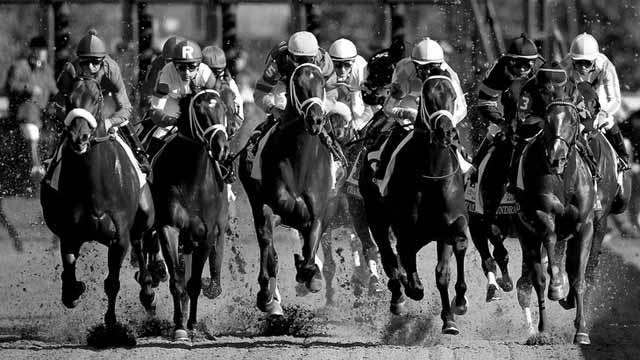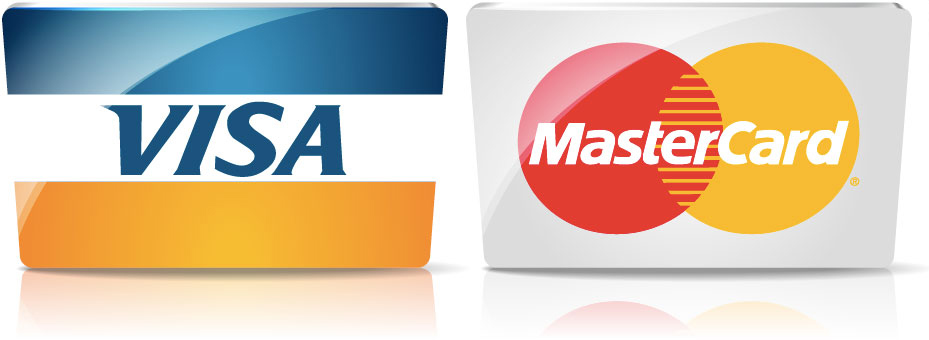| Date | Race Track | Horse Race | Grade | Purse | Age/Sex | Distance |
|---|---|---|---|---|---|---|
| May 17 | Pimlico | Black-Eyed Susan Stakes | II | $300,000 | 3yo f | 9f Dirt |
| May 17 | Pimlico | Miss Preakness Stakes | III | $150,000 | 3yo f | 6f Dirt |
| May 17 | Pimlico | Pimlico Special | III | $250,000 | 3&up | 9.5f Dirt |
| May 18 | Belmont at the Big A | Vagrancy | III | $175,000 | 4&up f/m | 6.5f Dirt |
| May 18 | Churchill Downs | Louisville | III | $250,000 | 4&up | 12f Turf |
| May 18 | Japan Racing Association | Heian Stakes | III | $780,000 | 4&up | 9.5f Dirt |
| May 18 | Pimlico | Chick Lang Stakes | III | $200,000 | 3yo | 6f Dirt |
| May 18 | Pimlico | Dinner Party Stakes | III | $500,000 | 3&up | 9f Turf |
| May 18 | Pimlico | Gallorette Stakes | III | $100,000 | 3&up f/m | 8.5f Turf |
| May 18 | Pimlico | Maryland Sprint Stakes | III | $100,000 | 3&up | 6f Dirt |
| May 18 | Pimlico | Preakness Stakes | I | $2,000,000 | 3yo | 9.5f Dirt |
| May 19 | Japan Racing Association | Yushun Himba | I | $3,096,000 | 3yo f | 12f Turf |
| May 23 | Sandown Park (UK) | Racehorse Lotto Brigadier Gerard Stakes | III | $97,000 | 4&up | 10f Turf |
| May 23 | Sandown Park (UK) | Racehorse Lotto Henry II Stakes | III | $97,000 | 4&up | 16f Turf |
| May 25 | Belmont at the Big A | Pennine Ridge | II | $200,000 | 3yo | 9f Turf |
| May 25 | Haydock Park (UK) | Betfred Sandy Lane Stakes | II | $151,000 | 3yo | 6f Turf |
| May 25 | Haydock Park (UK) | Betfred Temple Stakes | II | $151,000 | 3&up | 5f Turf |
| May 25 | Japan Racing Association | Aoi Stakes | III | $823,000 | 3yo | 6f Turf |
| May 26 | Japan Racing Association | Meguro Kinen | II | $1,173,000 | 4&up | 12.5f Turf |
| May 26 | Japan Racing Association | Tokyo Yushun | I | $6,172,000 | 3yo | 12f Turf |
| May 26 | Santa Anita | Daytona Stakes | III | $100,000 | 4&up | abt 6.5f Turf |
| May 26 | Santa Anita | Santa Margarita Stakes | II | $200,000 | 3&up f/m | 9f Dirt |
| May 27 | Belmont at the Big A | Wonder Again | II | $200,000 | 3yo f | 9f Turf |
| May 27 | Churchill Downs | Winning Colors Stakes | III | $250,000 | 4&up f/m | 6f Dirt |
| May 27 | Lone Star Park | Steve Sexton Mile Stakes | III | $400,000 | 3&up | 8f Dirt |
| May 27 | Santa Anita | Gamely Stakes | I | $400,000 | 3&up f/m | 9f Turf |
| May 27 | Santa Anita | Hollywood Gold Cup | II | $200,000 | 3&up | 10f Dirt |
| May 27 | Santa Anita | Shoemaker Mile | I | $400,000 | 3&up | 8f Turf |
| Graded Stakes Race Results | ||||||
Horse Racing - Graded Stakes Races
What is a Graded Stakes Race in Thoroughbred Horse Racing?
A graded stakes race is a term applied by the American Graded Stakes Committee of the Thoroughbred Owners and Breeders Association to thoroughbred horse races in the United States and Canada to describe races that derive their name from the stake, or entry fee, owners must pay. These fees, to which the track adds an additional amount, constitute the total amount from which prize money is paid to the first, second, third, and usually fourth place finishers. There are three different levels of stakes races, the top ranking, and therefore purse, being a Grade I Stakes. They are higher-class races for bigger prizes and often involve competitors that belong to the same gender, age and class. These races may, though, be "weight-for-age", with weights adjusted only according to age, and also there are 'set weights' where all horses carry the same weight. Furthermore, there are "conditions" races, in which horses carry weights that are set by conditions, such as having won a certain number of races, or races of a certain value.
The American Graded Stakes Committee uses as part of its criteria for the grading:
- Purse Requirement: That the race has a purse of more than $75,000.
- Longevity: That the race has been run for two years under the same conditions.
- Drug Testing: That post race drug testing is managed by a governmental authority.
- Restrictions: That the race may be restricted only in age and gender.
- Anabolic Steroid Testing : Boldenone, Nandrolone, Stanozolol, and Testosterone are only allowed to be used.
- Toe Grabs: Cannot be more than two millimeters long.
In the United States and Canada, a graded race can be dormant for one year without losing its grade. Also, as long as the race meets these requirements, the Committee grades on the overall quality of the previous fields and the performance of horses in the previous fields in stakes both prior to and after the race. For example: if the winner of the Breeders' Cup Classic raced in the Santa Anita Handicap then the race would almost certainly be a Grade One.
Explanation of the American Graded Stakes Process
The purpose of the American Graded Stakes Committee is to provide owners and breeders of Thoroughbred horses a reliable guide to the relative quality of Thoroughbred bloodstock by identifying those U.S. races whose recent renewals have consistently attracted the highest quality competition. The Committee meets annually to evaluate and affirm the relative quality of these races, and issues its collective opinion in the form of ranked Grades: Grade I, Grade II, and Grade III, with Grade I being the highest. Horses winning these graded races may reliably be considered as superior racing stock, and the breeding stock producing them as superior breeding stock.
The grading of races began as a TOBA project in 1973, primarily at the request of European authorities anxious that North America have a method, similar to their Pattern race system implemented in 1972, for identifying the highest quality black-type events. In January, 1974, The Blood-Horse published the first list of 330 North American Graded Stakes. This list was immediately incorporated into Weatherby's Pattern Race book for the English Jockey Club; Fasig-Tipton Co. incorporated North American grades in its catalogues in 1975; Keeneland Association followed suit in 1976; the Daily Racing Form adopted grade-listings in 1978.
In 1981 international auction houses and national breeders organizations and racing authorities formed the International Cataloguing Standards Committee "to achieve uniformity of cataloguing standards throughout the world," recognizing the TOBA North American Graded Stakes Committee as the grading authority for North American races. (In 1998, Canadian authorities received ICSC authority to grade Canadian races independently, and the TOBA Committee became the American Graded Stakes Committee.)
Broad acceptance of the graded stakes system allows its potential use for promotional and other purposes. Racetracks may benefit from having their races graded, just as a graded win may increase a racehorse's value. While the Committee recognizes that individuals and organizations may utilize grading for purposes beyond the Committee's own, such uses play no role in the grading process. As was true at the beginning of the grading project in 1973, the Committee's aim is to identify and assess those races which over a stated period have attracted the highest importance and quality of field - quality herein defined in terms of the relative of excellence of participating horses.
Despite the European connection to the origin of grading races and the international application of U.S. grades, it must be kept in mind that our racing differs fundamentally from racing in other countries: in most countries, stakes events are set forth by a central authority, and changes to major fixtures are made under the aegis of a central governing body. U.S. racing, however, is de-centralized, and no such uniform control can exist. U.S. racing and stakes programs are dynamic products of regulatory, contractual, and competitive conditions in many local and regional environments. The U.S. grading system is designed to accommodate the flexibility and dynamism of U.S. racing; a grading system that could not quickly respond to our ever-changing conditions would never be appropriate in our country. Judgment and flexibility thus must always be a part of the system.



